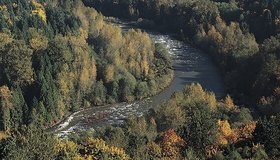
Freshwater Trust Awarded $1 Million Grant to Reduce Flood Risk
The research-based grant has been designed to quantify the benefits of floodplain restoration projects as a means to deliver multiple community and environmental benefits.
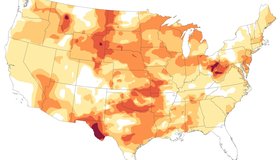
Drought Expands Across the U.S.
Dry conditions parched all but two states in October 2024 and worsened as the month progressed.
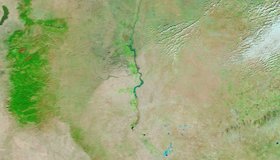
A Deluge for Roswell
The city in southeastern New Mexico received four times more rainfall in a day than it usually receives in a month.
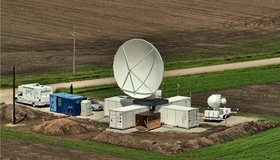
GPM Mission Celebrates Ten Years of Observing Precipitation
On February 27, 2014, the four-ton Global Precipitation Measurement (GPM) Core Observatory spacecraft launched aboard a Japanese H-IIA rocket from Tanegashima Space Center in southern Japan.
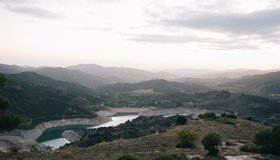
How Cities Run Dry
Rivers, lakes, and reservoirs long strained by overuse now face climate change. Some cities are turning to water restrictions to get back on track.
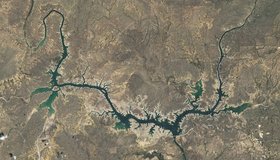
Dry in the Rio Grande Basin
Amid drought in southern Texas and northern Mexico, Amistad Reservoir has hit record-low levels.
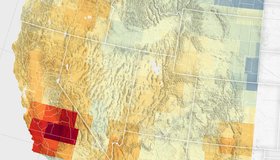
Groundwater Declines in U.S. Southwest
Record snowfall has not been enough to offset groundwater losses amid long-term drying and a heightened demand for the resource.
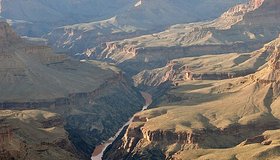
Potential Relief for the Colorado River’s Near Future
Precipitation could boost the iconic river’s flow in the next couple of decades despite the deleterious effects of warming temperatures due to climate change.

California Mountains Face Weather Whiplash
Last month’s massive snowstorm in the Sierra Nevada followed a dry start to winter. Such extremes in precipitation may become the norm.
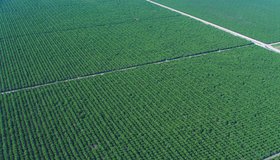
Field-Scale Crop Water Consumption Points to Potential Water Savings in Agriculture
Using remote-sensing data and machine learning, a team from NASA and beyond finds that switching to lower-intensity crops can reduce water consumption in California’s Central Valley by 93%, but this requires adopting uncommon crop types.